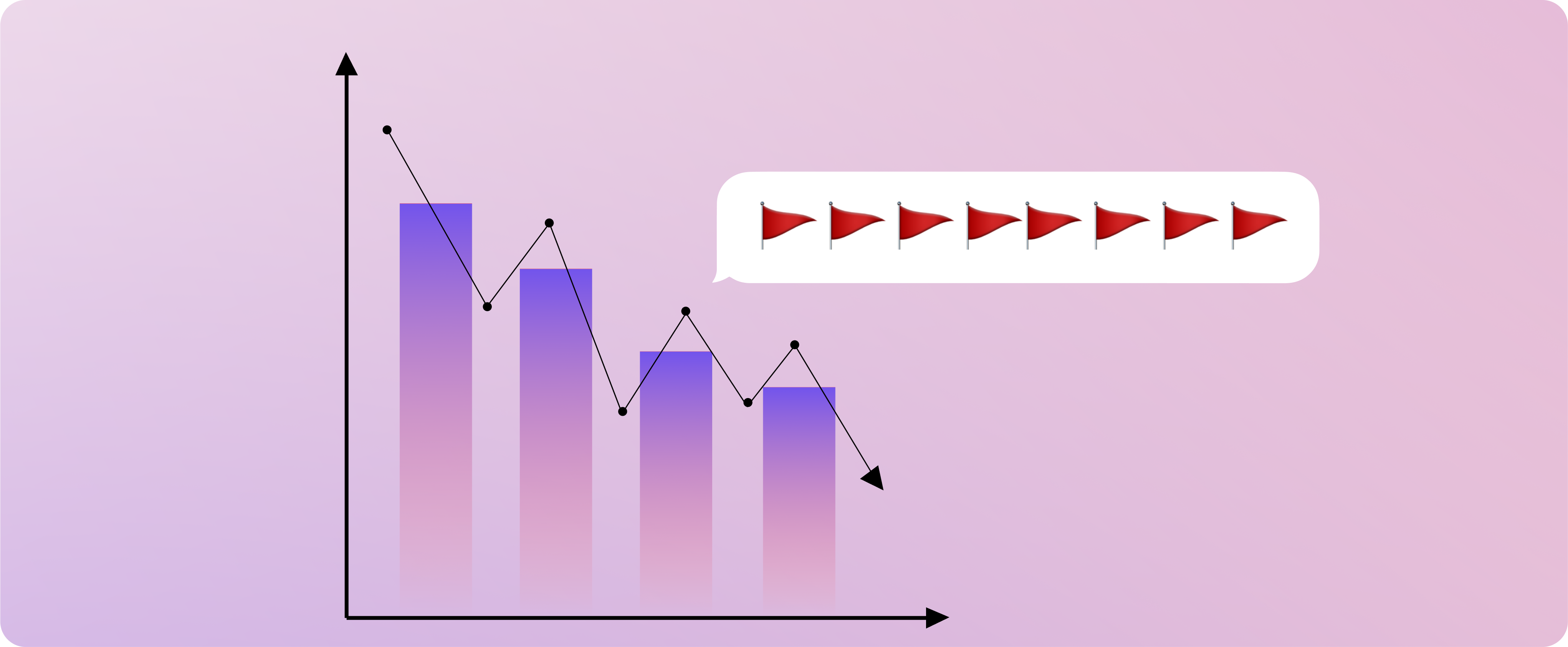
What the signs are of a market downturn?
When a popular investor, Warren Buffett, advised other budding investors to "be greedy when others are fearful and to be fearful when others are greedy," his statement was influenced by the dynamic nature of the economy and stock markets.
In particular, this statement references the fact that the stock markets are never in a constant state.
Rather, their performance is great at one time and poor in the next. It is this period when the performance of stock markets is poor that is referred to as a market downturn.
Market downturns are caused by a variety of factors. They occur when "traders react to a number of factors such as rising interest rates, political events, wars, and other occurrences in a negative manner." The result is usually a sustained decline in prices that may scare investors and lead them to sell their assets at a loss.
From this definition, it follows that market downturns are detrimental to people's investments and so adequate caution should be taken to hedge against the risk they pose. A vital component of hedging against market downturns is understanding what the signs of a market downturn are.
Below is a comprehensive exposition of the indicators of an impending market downturn:
Sign of a market downturn #1: Excessive market speculation
Speculation is in the stock market's essential character. This is because the Bourse is basically a system that allows investors to use certain information to stake "bets" on whether a company's profitability will increase or not.
Investors generally buy the stocks of a company if they feel it is likely to continue making profits. However, in instances where many investors strongly believe in the potential profitability of a company or industry, speculation becomes excessive and leads to a sharp rise in stock prices.
The result ends up being a situation where there is a disparity between the real value of entities versus their perceived value. This leads to a market bubble whose bursting results in a crash. A great example is the fiscal crisis of 2008 caused by excessive excitement in the housing market that eventually resulted in extensive defaults on mortgages hence a severe market crash.
Sign of a market downturn #2: Inverted yield curves
According to the Corporate Finance Institute, a yield curve is "a graphical representation of the interest rates on a range of maturities" which shows "the yield an investor is expecting to earn if he lends his money for a given period of time."
Generally, investors expect to gain higher yields when they lend their money for long periods of time. Similarly, they expect lower returns for short-term maturities as the interest rates on such lending are lower.
Therefore, whenever the yield curve becomes inverted, the graph shows that the gains on long-term securities have become lower than the gains on short-term securities. This signifies a drop in investor confidence in future gains and hence a sign of a market downturn.
Sign of a market downturn #3: The Buffett Indicator
Warren Buffett definitely knows more than a thing or two about investing. That is why the market capitalization to GDP ratio was nicknamed the Buffett Indicator due to the seasoned investor's fondness for using the ratio to predict market downturns.
According to Buffett, the stock market valuation at any given time should closely match the total productivity of the economy at about 75% to 90%. Therefore, when the ratio of the total value of the stock market to that of the nation's GDP is between 75% and 90%, the stock market is fairly valued.
However, whenever there is a great mismatch between the two, the probability is that stocks have been overvalued and so a market downturn is impending. Therefore if you are an investor, it is important to start taking cautionary measures wherever you notice the Buffett Indicator exceeding 90% as that might be a sign we are in the verge of a market downturn.
Always be on the lookout
If you are an investor, you know the immense effort it takes to accumulate capital and grow it. As such, it is in your best interest to protect your investment at all costs and one way of this is watching out for impending market downturns.
Therefore, always craft your investment strategies and plans with the future stock market performance in mind. That way, you will make accurate moves that will protect your capital and ensure you have a diversified portfolio that can effectively weather market downturns. Alinea Invest will always help you diversify you investments to ensure you are best protected for a market downturn.
(i) Disclaimer
The Content is for informational purposes only, you should not consider any such information or other material as investment, financial, or other advice. Nothing contained on our Site constitutes a solicitation, recommendation, endorsement, or offer by Alinea Invest or any third party service provider to buy or sell any securities or other financial instruments in this or in any other jurisdiction. When investing your capital is at risk.



.png)

.webp)

.webp)
